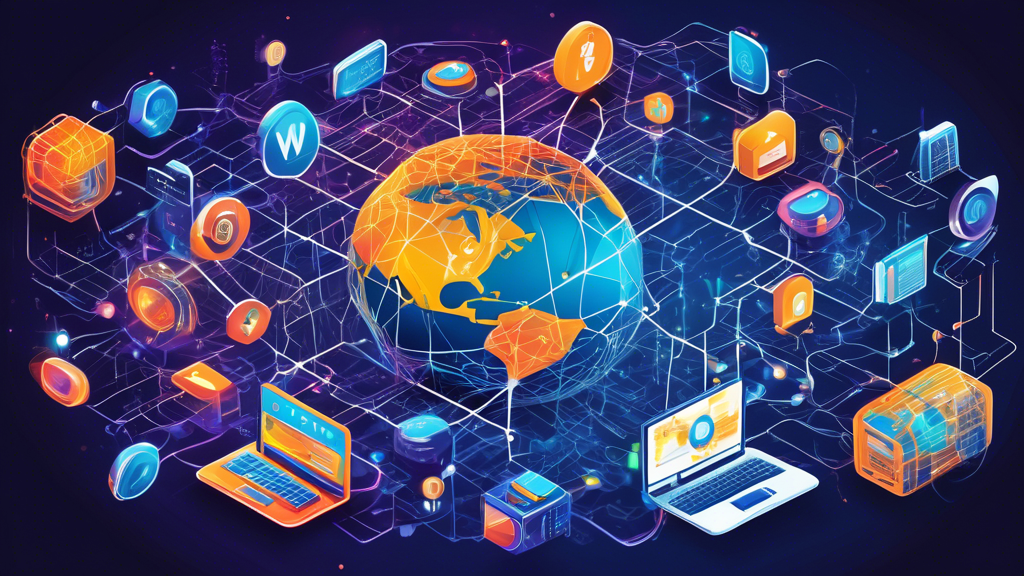The World Wide Web (WWW) has become an integral part of our daily lives, serving as the main platform where people connect, share information, and engage in various digital activities. But what exactly is the WWW, and why is it so important? This comprehensive guide will take you through the essentials of the World Wide Web, its history, functionality, and its future.
What is the World Wide Web?
The World Wide Web, commonly known as the Web or WWW, is an interconnected system of public webpages accessible through the internet. It was invented by Tim Berners-Lee in 1989 while working at CERN. The Web uses Hypertext Transfer Protocol (HTTP) to transfer information and Hypertext Markup Language (HTML) to structure and display content. Through web browsers like Google Chrome, Safari, and Firefox, users can access an immense repository of information, ranging from articles and videos to software applications.
How the Web Works
The Web operates on several key technologies that work together to deliver a seamless browsing experience:
- Web Servers: These are powerful computers that store and manage websites. When you request a webpage by entering a URL, the web server sends the required page back to your browser.
- Web Browsers: Browsers are software applications like Google Chrome and Mozilla Firefox that display the information stored on web servers.
- HTTP/HTTPS: Hypertext Transfer Protocol (HTTP) and its secure version, HTTPS, are protocols used for data transfer. HTTPS encrypts the data, adding a layer of security.
- HTML/CSS/JavaScript: These are the core languages used to create and style webpages. HTML structures the content, CSS designs the layout, and JavaScript adds interactivity.
History of the Web
The concept of the Web was born in 1989 when Tim Berners-Lee proposed a system for sharing information using hypertext. By 1991, the first website was accessible. Over the years, the Web evolved from simple text-based pages to interactive, multimedia-rich environments. The introduction of Web 2.0 in the early 2000s marked a significant shift, enabling user-generated content, social media platforms, and dynamic web applications.
The Future of the Web
As technology continues to advance, the Web is poised for further transformations. The advent of technologies like Artificial Intelligence (AI), Augmented Reality (AR), and the Internet of Things (IoT) will pave the way for more personalized, immersive experiences. Web 3.0, or the Semantic Web, aims to create a more intelligent and connected digital ecosystem where data is easily accessible and understandable by machines.
The Importance of Optimized Communication
In today’s fast-paced world, effective communication is paramount for businesses to succeed. At Zing Business Systems, we understand the challenges of missed calls and the potential loss of business opportunities they represent. Our innovative communication solution ensures no call goes unanswered by converting them into SMS conversations. This approach not only bridges the gap between businesses and their customers but also enhances customer service and supports your digital marketing efforts.
Experience the power of optimized communication with Zing Business Systems and never lose business to a missed call again. Revolutionize your customer engagement today with our cutting-edge technology. Visit https://zingacp.com to learn more about our services and how we can help your business thrive.






No comments! Be the first commenter?